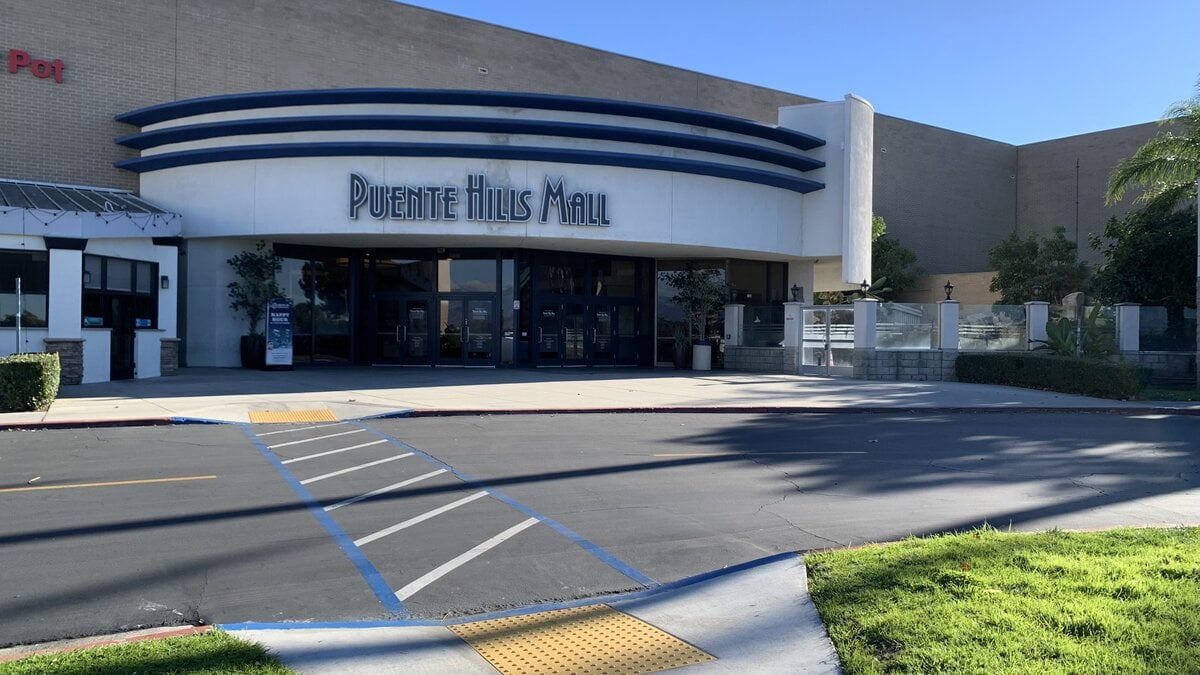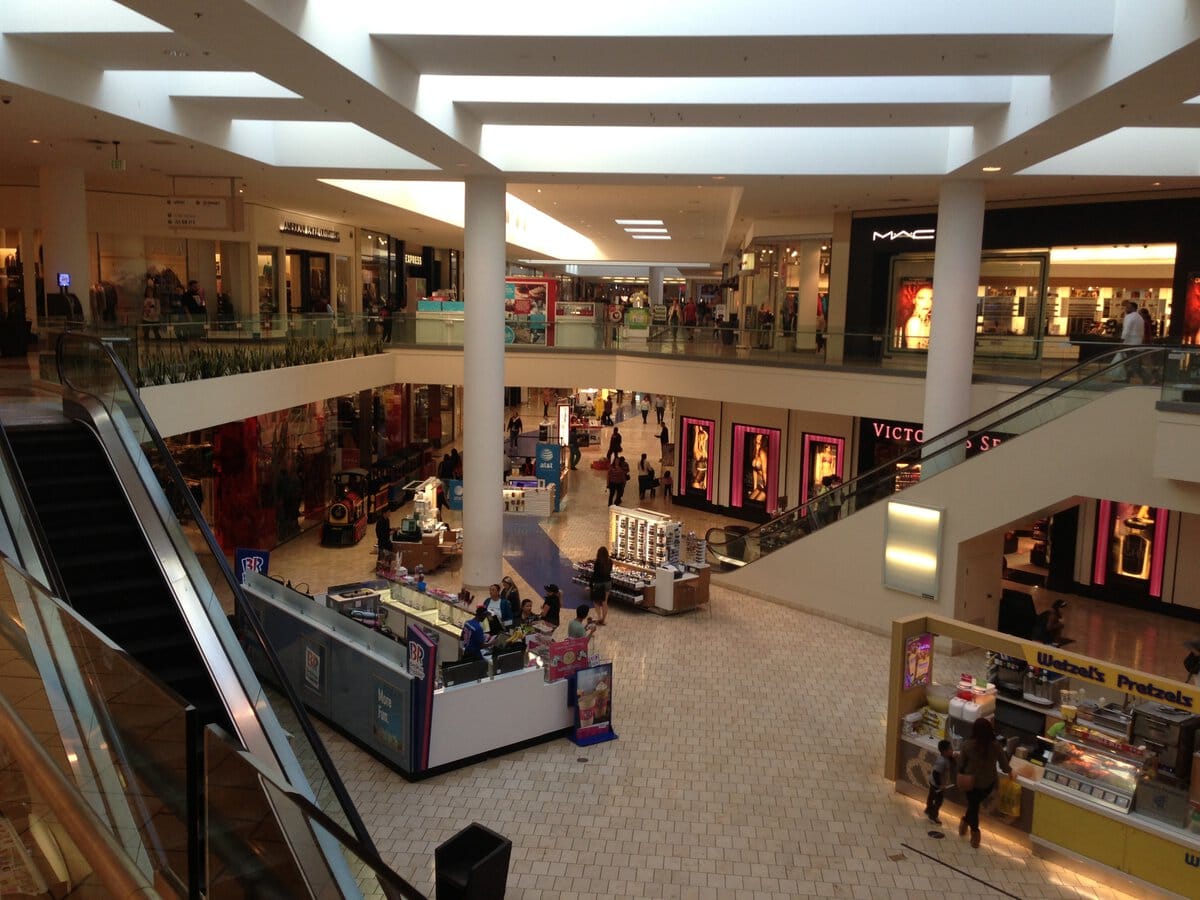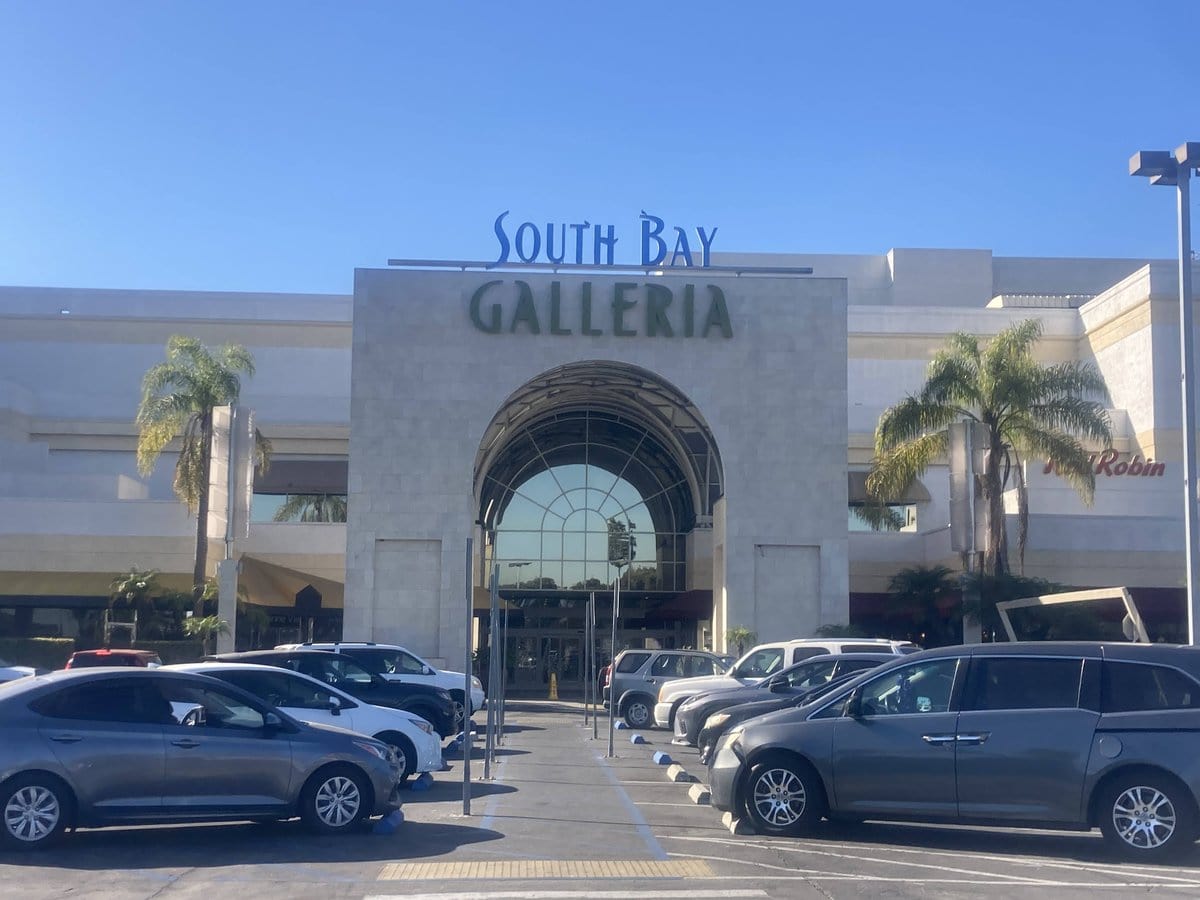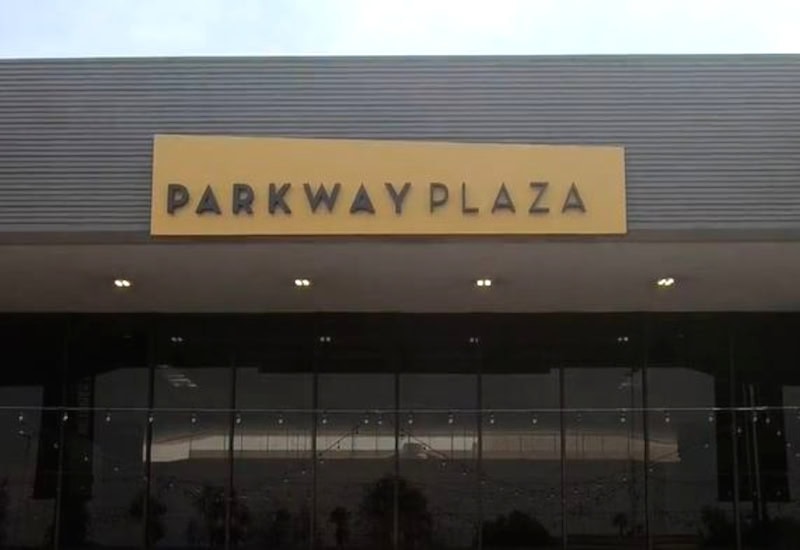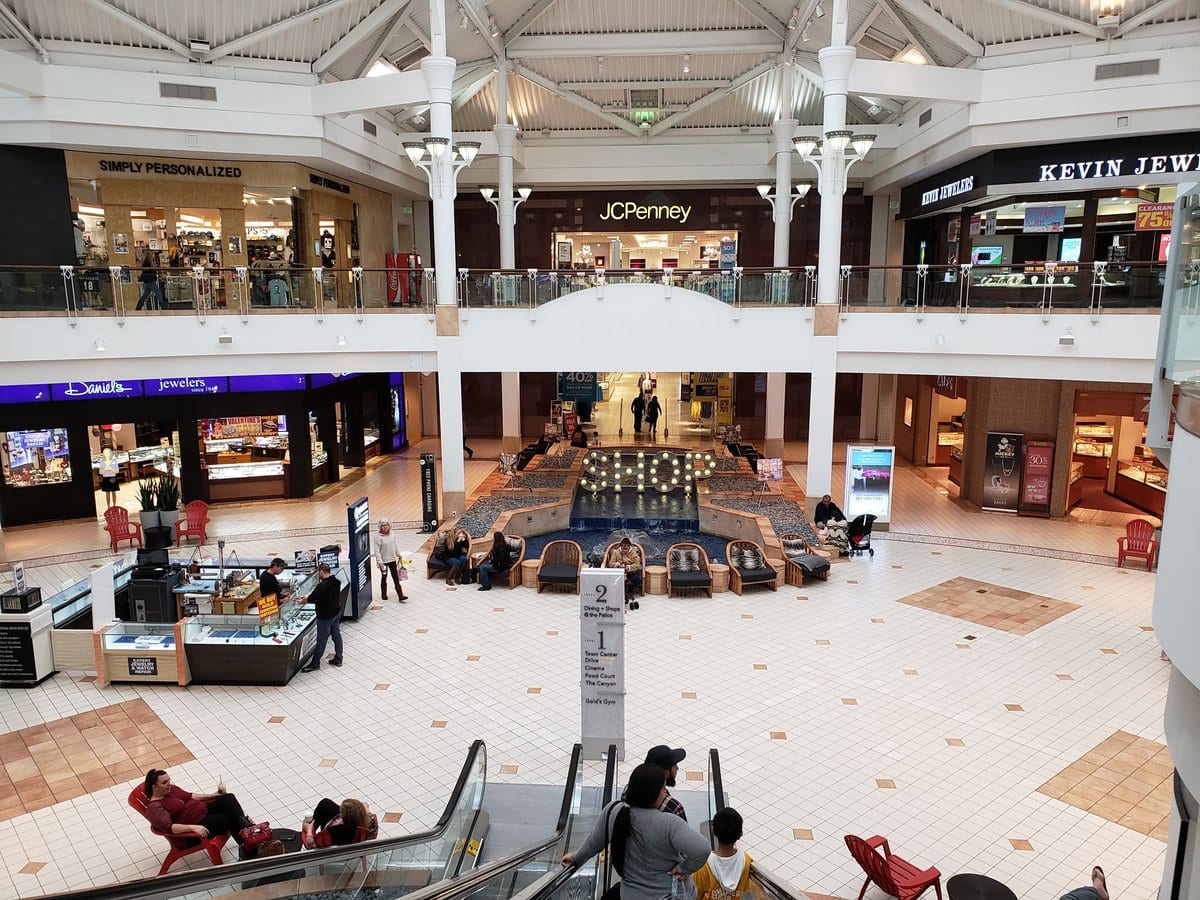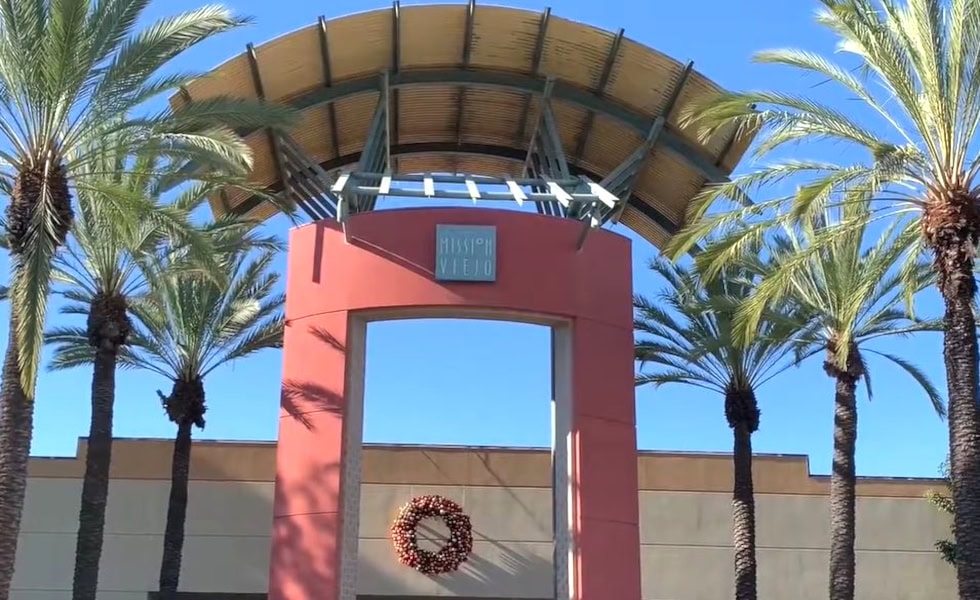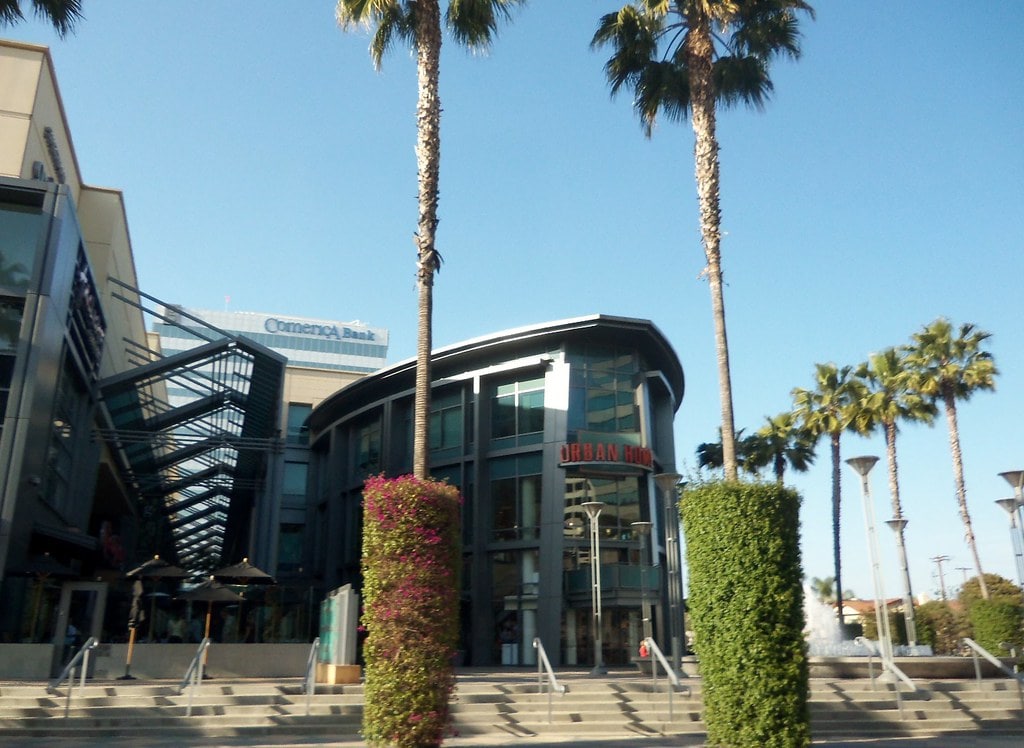Fashion Island Begins
In July 1953, open fields on the Irvine Ranch filled with 50,000 Boy Scouts from across the world. Their tents lined new roads cut through dry grass.
Crews built eight miles of gravel paths and 36 miles of lines to move water and power for the event that gave Jamboree Road its name.
For seven days, the land became a city larger than Newport Beach itself, then emptied and waited for its next transformation.
By 1960, architect William Pereira began mapping the 88,000-acre ranch, shaping Newport Center as its future commercial core.
Fashion Island was drawn as the retail anchor in that plan.
Ground broke on August 20, 1965, for a single-level open-air mall covering 900,000 square feet on 75 acres.
Its clean, modern style came from Pereira, Charles Luckman, and Welton Becket.
A preview gala called "Flight to Fashion Island" drew 18,000 guests on September 9, 1967, followed by a public opening two days later attended by state leaders.
The 20 million dollar project opened with parking for 5,500 cars and four anchors: J.W. Robinson's, The Broadway, JCPenney, and Buffums.
Two details from that first year still stand: the bronze wind chimes by Tom Van Sant and the koi pond built in 1968 that still ripples under the California sun.
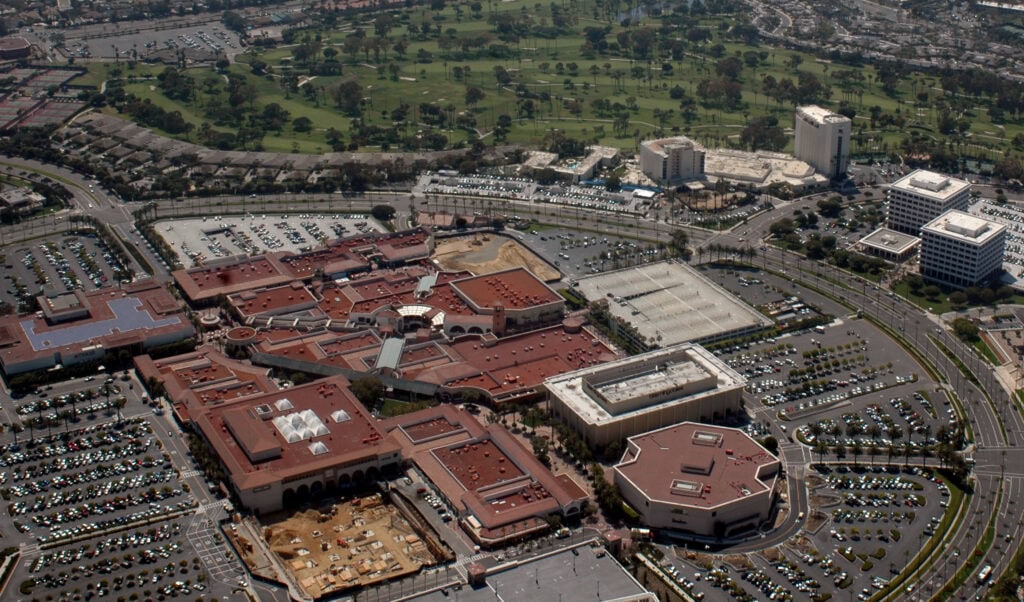
Expanding the Coast
In February 1969, the Edwards Newport Cinema opened with a single 75-foot screen and 1,300 seats.
People lined the plaza to see what was billed as the largest screen west of the Mississippi.
Through the 1970s, Fashion Island's profile shifted from regional retail to coastal prestige.
Bullocks Wilshire opened in August 1977, an 80,000-square-foot department store that offered a tea room and fine décor rare for Orange County.
Neiman Marcus followed in March 1978 with 120,000 square feet of marble, glass, and neutral tones.
It was the brand's first and only Orange County store and remains so today.
That same year, GARYS Menswear opened in 3,500 square feet before expanding fourfold, eventually becoming one of the mall's longest continuous tenants.
The property's landscape by Sasaki, Walker and Associates received a national merit award in 1971, confirming the appeal of its terraced gardens and walkways.
By 1980, Fashion Island covered more than a million square feet, anchored by five department stores.
Its growth had turned Newport Center into the county's retail heart.
But change was already planned - the JCPenney space was slated for a complete rebuild that would reshape the mall's future.
Atrium Court and Redesign
When JCPenney closed in 1982, the store's concrete shell sat dark for months.
Then construction began - crews tore out walls, relaid marble floors, and opened the roof to light.
By November 8, 1985, the new Atrium Court was ready.
A three-day "Venetian Holiday" celebration brought opera singers, strings, and a civic dinner that filled the new gallery.
The 160,000-square-foot space rose on pink Cantara stone columns beneath nine skylights, with a food court called the Irvine Ranch Farmer's Market on its lower level.
In its first six months, sales jumped 33 percent and annual revenue reached 210 million dollars.
Foot traffic increased by a quarter.
In 1986, El Torito Grill opened in its own building next to Bullocks Wilshire, the first of its kind for the company.
Encouraged by the results, the Irvine Company hired architect Jon Jerde in 1988 for a full reinvention.
The work replaced clean modern lines with a Mediterranean palette, added paseos and a seven-screen cinema, and linked new wings by outdoor courtyards.
By October 1989, Fashion Island reopened as a 1.2-million-square-foot village of plazas, terraces, and stone arcades ready for the 1990s.
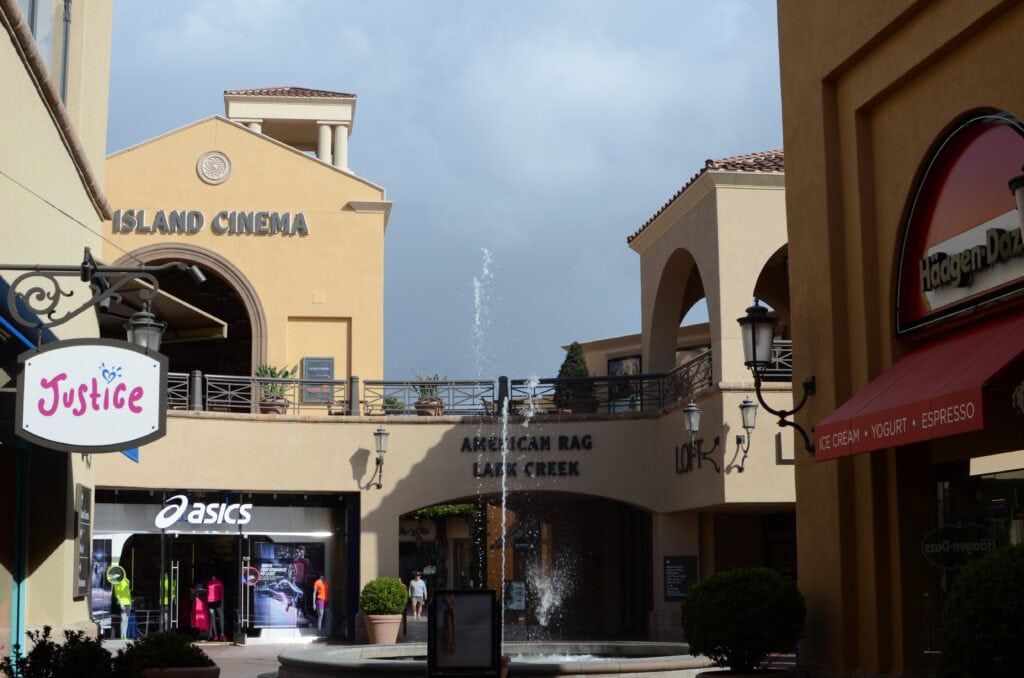
Department Store Turnover
The following decade dismantled nearly every original anchor.
Bullocks Wilshire converted to I. Magnin in 1989 after a corporate sale, but the store closed within six years.
In May 1991, Buffums shut down after 24 years at Fashion Island, part of the wider chain collapse that ended its 87-year history.
Crowds returned that same year for the Hard Rock Café opening.
Fifteen thousand people filled the plaza as The Neville Brothers performed onstage.
The mall's retail composition continued to shift.
In 1993, Robinson's merged with May Company to form Robinsons-May, merging two long-established California brands.
On November 16, 1996, Bloomingdale's opened in the former Broadway building, a 172,600-square-foot store filled with pale marble and white oak.
It was Bloomingdale's first West Coast flagship.
By decade's end, Macy's operated a women's store in the former Bullocks space.
Restaurants like Wolfgang Puck Café brought new attention to open-air dining.
Anchor changes, once seen as setbacks, now defined the mall's rhythm.
Each closing cleared room for a rebuild, leading toward a new cycle of expansion in the 2000s.
Reinvestment and Nordstrom Arrival
Through the early 2000s, Fashion Island evolved again.
Crews relaid stone paths, updated façades, and added palm-shaded seating to reinforce the Mediterranean theme.
A Venetian carousel spun beside the koi pond until 2010, when it was sold to the City of Irvine for $213,525 and moved to the Great Park.
After the 2006 Federated–May merger, Robinsons-May became Macy's, while the separate Macy's Women's Store closed and was demolished.
Nordstrom signed an agreement on January 29, 2008, to build a two-level, 138,000-square-foot store on the cleared site.
It opened on April 16, 2010, with hundreds of employees greeting customers and a gala that raised over $170,000 for local charities.
Between 2009 and 2012, a 100-million-dollar renovation redefined the property again with Italianate detailing, new fountains, and expanded parking decks.
Whole Foods Market opened on September 19, 2012, above Dick's Sporting Goods, replacing the abandoned Dean & DeLuca plan.
By the end of that year, Island Cinema had reopened with leather seating, in-theater dining, and wine service, completing Fashion Island's decade of reconstruction.
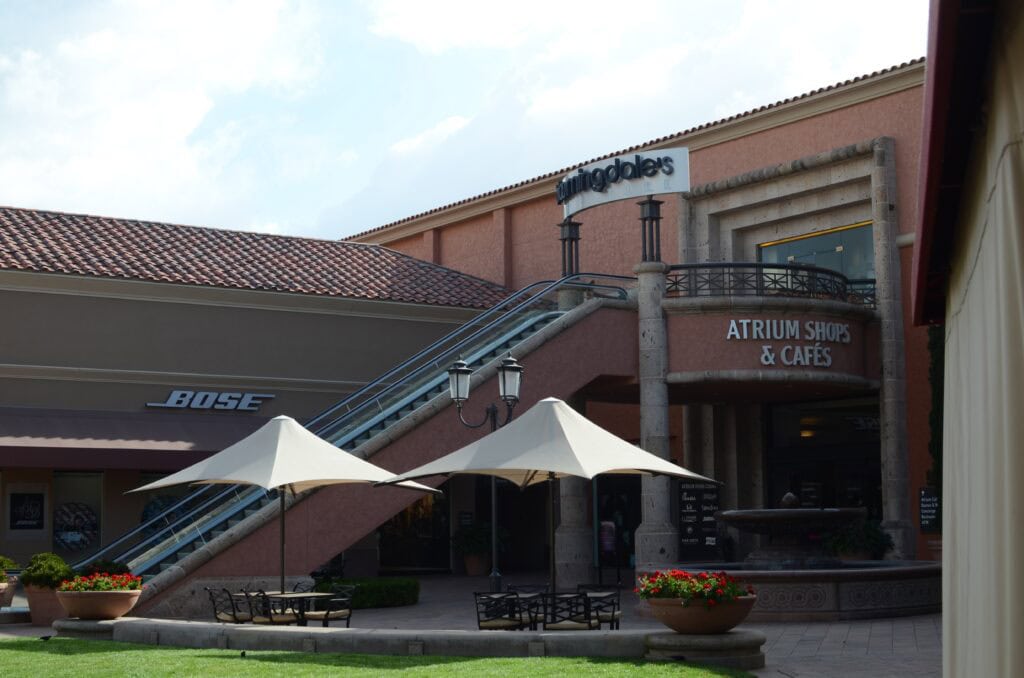
Culinary and Luxury Era
By 2012, the open-air walkways filled with a new kind of spectacle.
White tents rose between Bloomingdale's and Neiman Marcus as StyleWeekOC brought outdoor runways, spotlights, and live crowds to Fashion Island for the first time.
The change started with food.
FIG & OLIVE arrived in 2012, all bright terraces and Mediterranean calm, like a pocket of coastal Europe dropped in the middle of Orange County.
Red O followed close behind, Rick Bayless turning Mexican cooking into something meant to linger over.
By 2014, Sushi Roku had joined them, the mall's first taste of serious sushi and a clear sign the place had grown up.
Luxury took a sharper shape in 2013.
Louis Vuitton added a boutique inside Neiman Marcus, and Traditional Jewelers reemerged from a full renovation, now home to in-store Rolex and Cartier displays.
In 2014, Bonobos opened a Guideshop that combined digital fitting with in-person service, a format still new to the region.
Anthropologie doubled its size in 2015, unveiling nearly 20,000 square feet of themed rooms and displays under the "Ultimate Anthropologie Experience."
September 2017 marked Fashion Island's 50th anniversary.
Long-standing tenants like GARYS and Traditional Jewelers were honored during a weekend of concerts and exhibitions.
That same fall, Island Cinema closed for renovation.
By April 2018, the space reopened as THE LOT Fashion Island, a luxury cinema and restaurant built for the next phase of the mall's evolution.

Renewal and Future Plans
After 2018, construction returned again.
RH Newport Beach opened its 97,000-square-foot gallery of furniture and design, complete with a rooftop restaurant and olive trees shading twin terraces.
Luxury labels continued to arrive: St. John's breezy concept store opened in 2017, followed by Cinq à Sept, Monica Vinader, L'Agence, Fashionphile, and Todd Snyder by 2025.
Today, Fashion Island holds Bloomingdale's, Macy's, Neiman Marcus, and Nordstrom as anchors, along with nearly 180 stores and restaurants.
Its open plazas feature fountains, EV charging, valet parking, and pet-friendly courtyards that draw about 16 million visitors a year.
In September 2024, the Irvine Company proposed 800 new apartments for Newport Center and another 200 near the Villas of Fashion Island, replacing older office and parking spaces.
If approved, Fashion Island will add housing to its long commercial history.
From a Boy Scout field to a retail landmark, the property keeps reshaping itself, proof that reinvention, not expansion, has been its enduring design.


